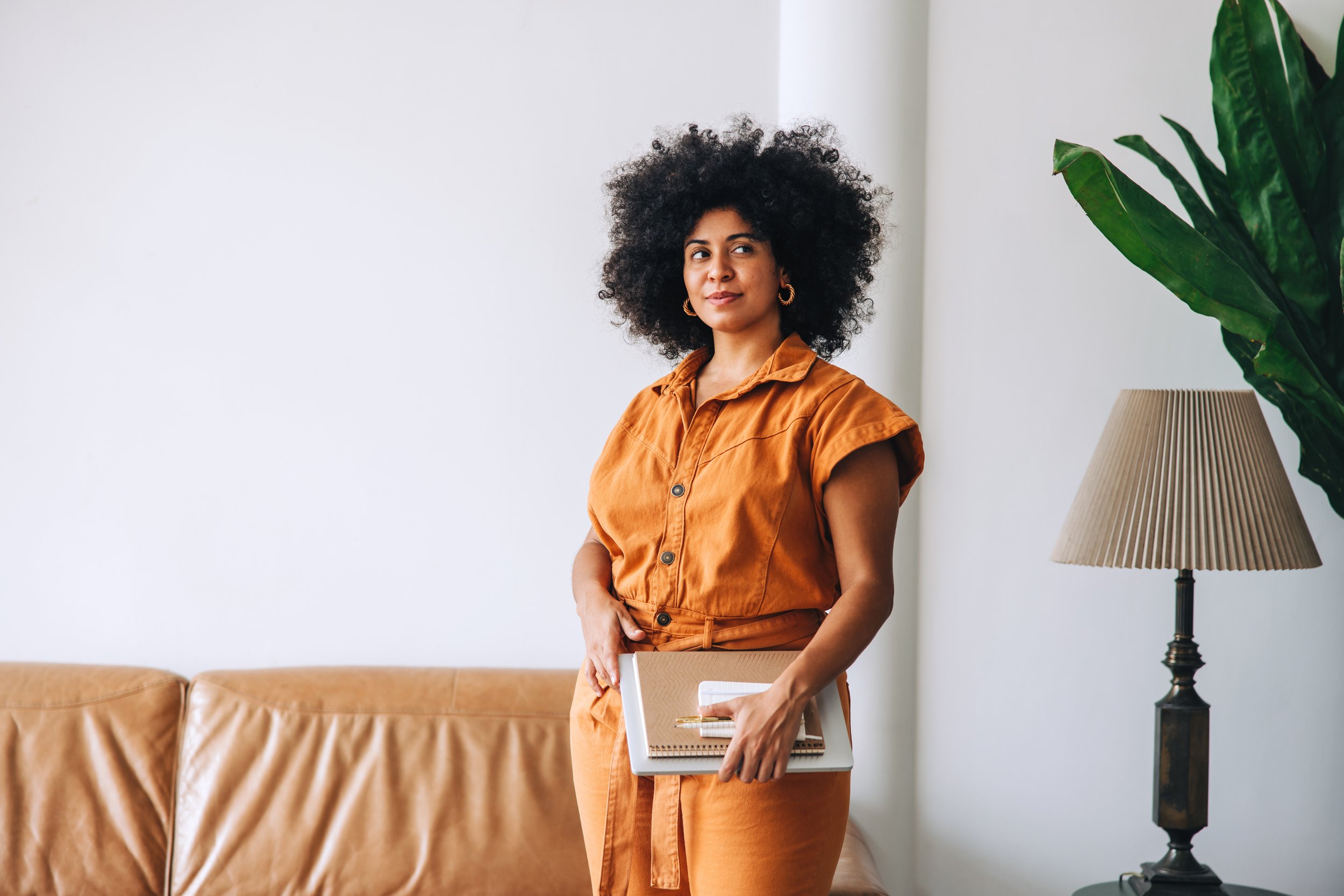Nervous About AI? Here’s What Might Just Save the Day
Image licensed via Adobe Stock
There’s a nervous energy running through the creative industries right now. And I get it. I really do. Everywhere you turn, there’s another tool threatening to replace the work of talented creatives. What used to be a full team effort—a product shot in a studio with a photographer, lighting crew, stylists, and assistants—can now be a solo operation. Shoot a product on an iPhone, upload it to an AI app, and generate the perfect image using nothing but your keyboard and your vision in minutes.
Graphic design? Some small marketing teams are doing it themselves now. Even with zero creative experience, they’re generating visuals and campaigns without hiring a designer. Why pay an illustrator or a photographer to create blog content when you can make your own?
I’ve worked in this industry for over 25 years. I’ve sat in the meetings. I’ve seen how budgets work. It can be brutal. Creativity is often seen as a “nice to have”—the first to go when times get tough. Profits are king. Or queen. So yes, the fear is real. And it couldn’t come at a worse time, as the economy stutters and business confidence wobbles.
But—and this is a big but—there are two things that might just save the day: authenticity and legal clarity.
We’re about to be completely overwhelmed with AI-generated everything. But already, there’s a shift—a quiet rebellion against the artificial. People are craving real. Real voices. Real people. Real stories. Real images. The real deal.
If your product is authentic, people want the content around it to be, too. We’re entering an era where “human-made” might carry status again, just like “artisan” or “handmade” labels once did when mass manufacturing took over.
Then there’s the legal side. The landscape around AI is still murky. Who owns the copyright of AI-generated work? Can a brand really build its visual identity on legally unstable ground? This matters, especially to larger companies with big reputations and big lawyers. It might just keep real creatives in the loop longer than we expect.
Still, even with those lifelines, let’s be honest: when the economy dips, the first things to get paused are photography, animation, and illustration. That’s just how it goes.
And what if the next generation doesn’t care how content is made? What if the legal stuff never materialises? Then what? Then we adapt. We evolve.
We stop thinking of ourselves as just the person who does X and instead become the person who brings value at every stage. That means becoming a generalist, a strategist, and a creative consultant… all at once. You move from the factory line to the boardroom. You learn to run a business, not just deliver creative work.
The best studios and freelancers I know? They’re not just makers. They’re marketers. They’ve built networks of trusted collaborators. They offer more than what’s expected. They know how to upsell and upskill. They’ve made themselves indispensable. And they’ve weathered many storms.
So yes, many creatives are nervous. But maybe that’s not such a bad thing. Perhaps this is the nudge we needed—to grow, evolve, and build something more resilient.
Because one thing AI still can’t replace? Human connection. People like working with other people. That’s a fact.
But what about those who don’t want to generalise? Who have no interest in becoming business consultants and finding their seat at the table?
Honestly, it depends on the profession. In illustration, there will always be a select few at the top—those who win the big jobs and build a recognisable style and brand. In graphic design, long-term success has always required more than just visuals. It’s about strategy, communication, and understanding the brief. But photography? Perhaps that’s where the biggest shakeup is already underway. And it might not stop there.
The truth is, after years of democratisation, fuelled by the internet, social media, and the rise of online learning, we’ve seen a massive wave of people enter the creative industries. In many ways, that’s been a brilliant thing. It’s opened doors. It’s brought fresh voices into the mix. But it’s also meant a flood of lower-budget, faster-turnaround work. And frankly, that kind of work is easier to replace.
Maybe this is the reset. Not of creativity itself, but of the industry. A rebalancing.
Those working at the top—on higher-budget projects with bigger clients and more strategic demands—are likely to survive in their current form. Maybe even thrive. Because when the stakes are higher, so is the demand for quality, nuance, originality, and trust.
Hey, if you’re feeling exposed because you’re doing one thing at the moment and you know it’s not enough, make AI your new best friend. It can become your mini creative team for brainstorming, idea generation, and strategic thinking. It can help you become that generalist I keep banging on about. Otherwise? You’ll not just be replaced by AI; you’ll be overtaken by humans who embrace the technology and know how to use it.
So perhaps this isn’t all doom and gloom for the creative industries. Maybe it’s just the end of how we used to do things—the start of something leaner, smarter, and more human. The real question is: Are you adding value, or are you easily replaced by AI? If you don’t like the answer to that, it’s time to go back to the drawing board and boost those skills.
